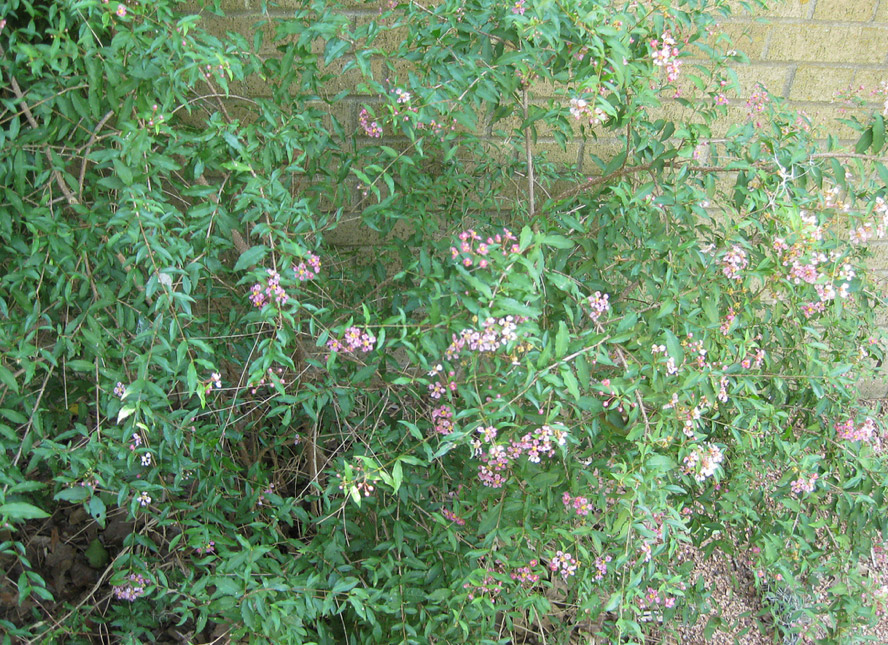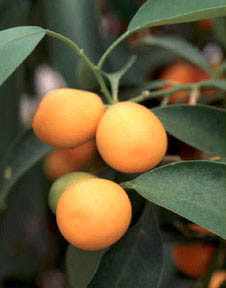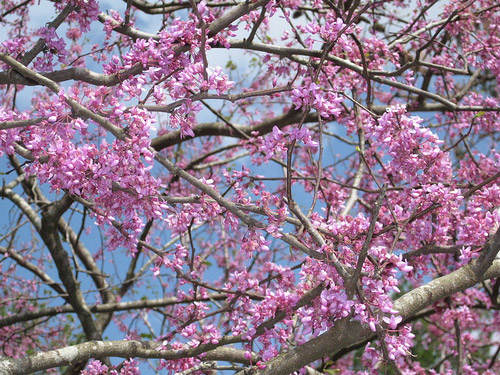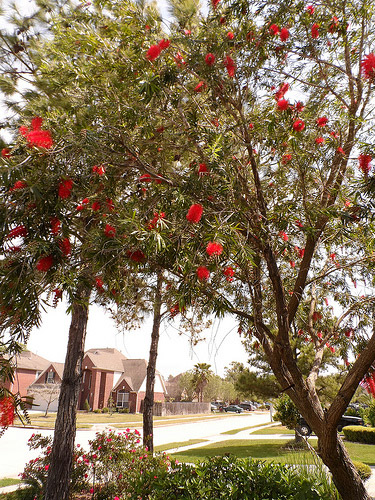Backyard Gardening: Small Bushes with Edible Fruit
Many bushes and small trees offer a variety of edible fruits, leaves, and seeds as they add curb appeal to your yard.

Mayhaw/Hawthorn
The fruit of the hawthorn bush, a mayhaw is very popular in the southern part of the United States. Made into jelly or eaten raw, this red fruit grows best in swampy areas. It is also grown as a shrub or small tree in landscaping. The darker the fruit the more tart it is, which is appealing when making jelly, especially because it is so high in pectin that none need be added.

Barbados Cherry
The delicate pink blossoms of the Barbados cherry give way to delicious and nutritious fruits packed with vitamin C. In fact, each cherry has your full daily dose of vitamin C. An evergreen plant originally from the Caribbean, the Barbados cherry does not handle cold well but thrives in warm weather. The flowers can be eaten raw or used to make tea but it is better to leave them alone to maximize fruit production. The small red cherries are best harvested from May into the first frost and can be eaten raw if not too acidic (although the acidic ones are higher in vitamin C) and can easily make a tasty jelly. Barbados cherries can also be made into wine. The plants produce more fruit if they have companions, so two or more plants should be planted within 4'– 16' of each other.
Kumquat/Loquat


Imported from China, these two plants are similar in that they are both bushes that form small fruit. The fruits are highly tasty and prized for their flavor. The fruit is usually eaten fresh or made into jelly. The loquat is ripe when the skin of the fruit becomes slightly wrinkled. It is high in vitamin A, dietary fiber, potassium, and manganese and can also be made into a light wine. The loquat also has a mild sedative effect, and the leaves can be consumed to treat digestive and respiratory issues. Related to the citrus family, the kumquat is very hardy and can survive much cooler temperatures. The fruit of the kumquat is ripe when it loses all of the green color. The skin is sweet, but the inside is sour, making it appealing to eat together. The fruit can be dried, canned, used fresh, or made into marmalade. In some parts of the world kumquats are also added as flavoring in tea. These plants are used extensively in landscaping because of their green leaves and fragrant blossoms.
Redbud

This flowering tree is found as a beautiful yard decoration in many areas. The purple-pink leaves bloom right on the branches for a truly unique and colorful display in the spring. The flowers themselves are edible and are best eaten fresh right after they open. They have a sweet flavor and are packed with vitamins, minerals, and antioxidants. The flowers make a beautiful addition to salads, too. After the flowers fall, seed pods appear. They look and taste much like snow peas and can be stir-fried or sautéed. However, they are best eaten within the first few weeks of appearing, because they become tough and stringy after three or so weeks. The seeds have lots of protein.

Bottlebrush
These small trees are often used in landscaping for their unusual red, bottlebrush-shaped flowers. The flowers smell like mint or menthol and can be eaten raw or used for making a great tasty tea. You can also use the leaves to make tea but it is best if they are dried and aged for a couple weeks before to bring out the flavors. In addition, you can use the leaves, dried or fresh, and fresh flowers to flavor cooking. Add several leaves or flowers to stews, roasted meats, or sauces for an exotic touch. These flowers also have the ability to repel insects. You can rub the flowers directly on the skin or lay dried leaves or branches around the areas you want to protect.
As you can see, your garden can be both practical and useful to you. Many flowers and other landscaping plants also offer benefits such as bug repellents and edible products. Think about what you would like to get out of your garden, and you may find that beauty and utility go hand in hand!
Linda Bailey
This post is contributed by Linda Bailey from housekeeping.org. She is a Texas-based writer who loves to write on the topics of housekeeping, green living, home décor, and more. She welcomes your comments which can be sent to b.lindahousekeeping@gmail.com
Website: housekeeping.org/
